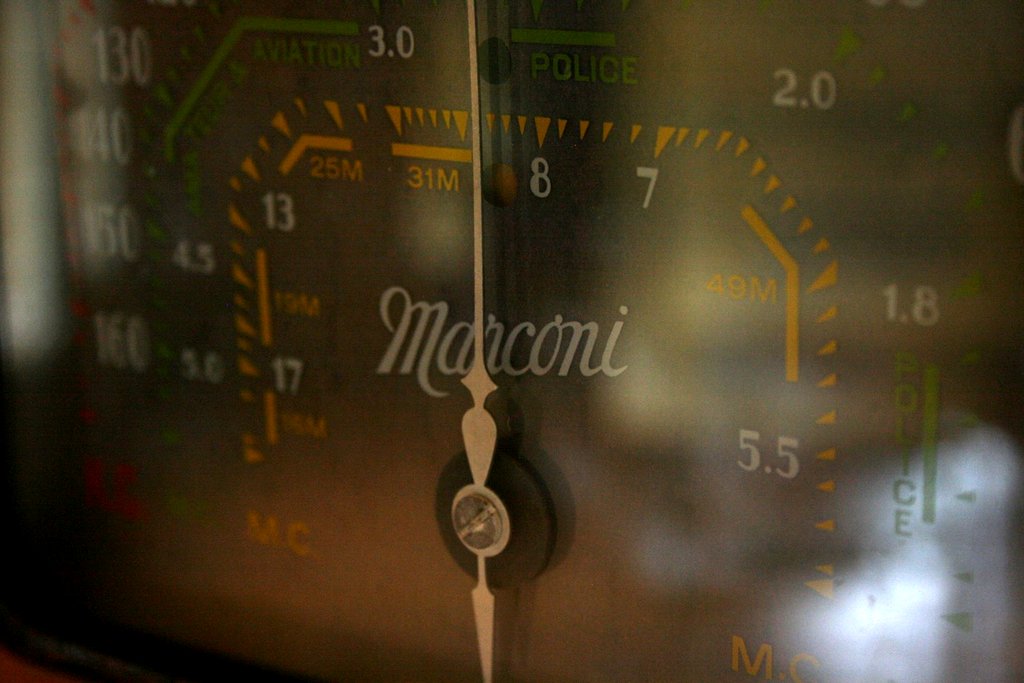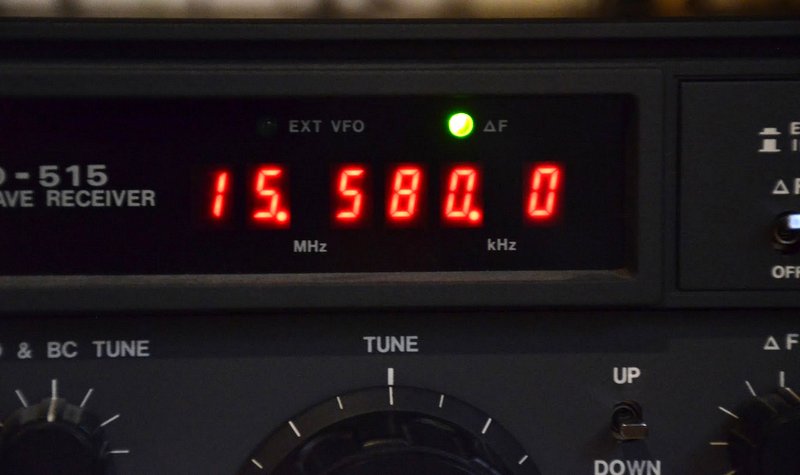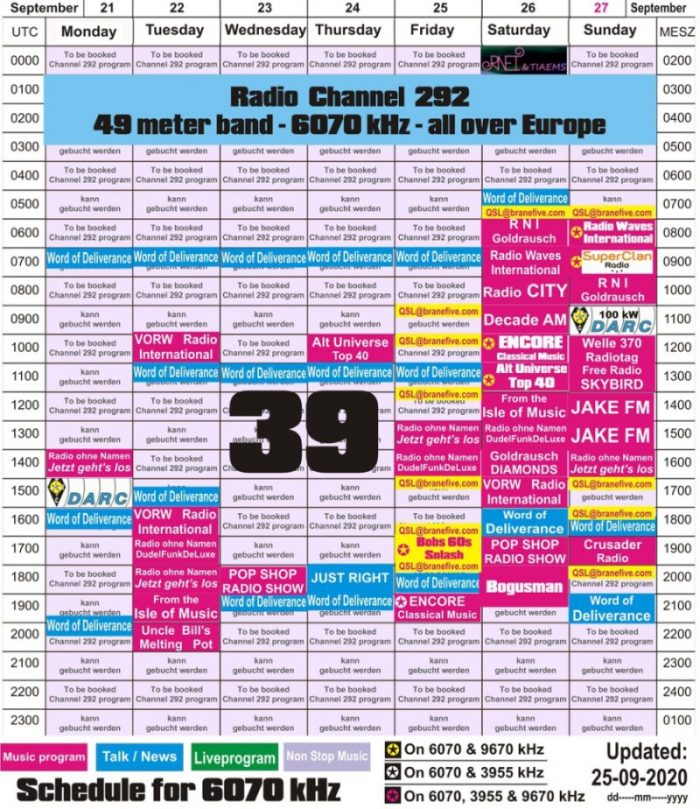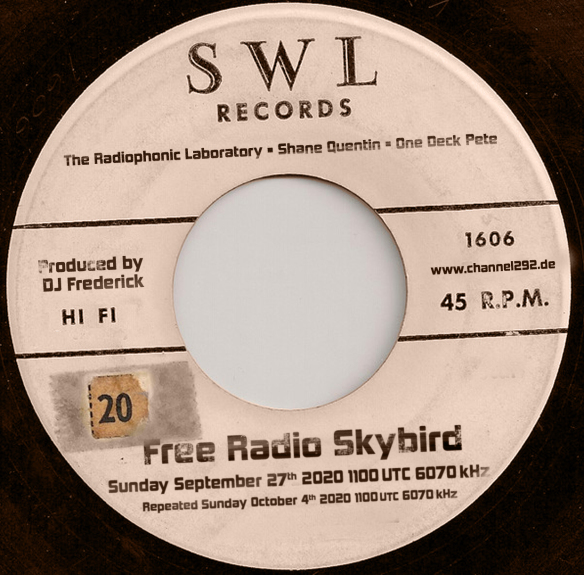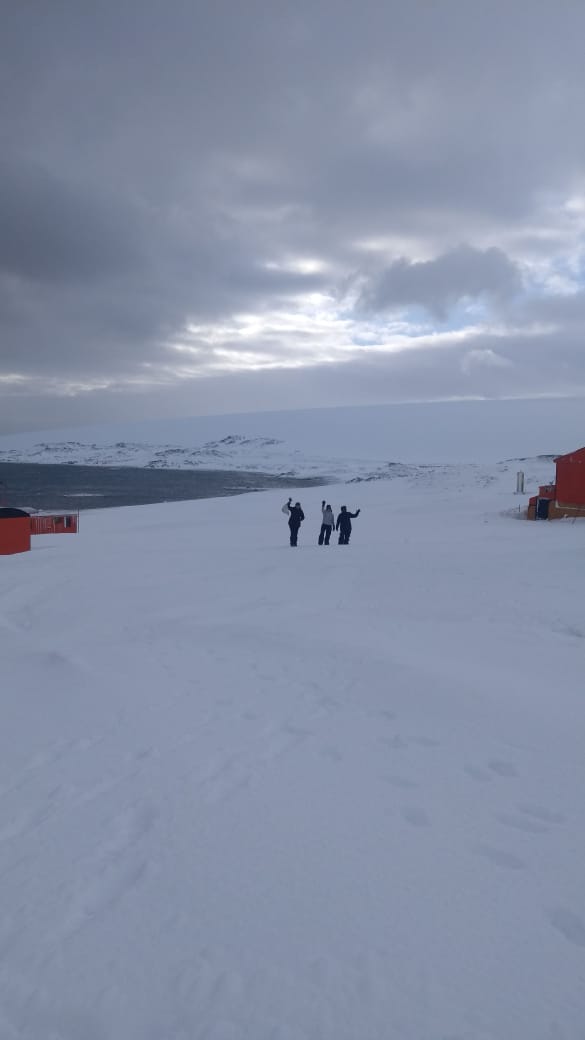Many thanks to SWLing Post contributor, Roseanna, with Radio Northern Europe International who shares the following announcement:
Radio Northern Europe International Show 9 announcement
Hei all,
It’s our pleasure to announce RNEI #9 to you!
RNEI 9’s music features:
- An artist introduction to a brand new group from the Faeroe Islands with their first song announced by Heidrik from the band
- A candidate for Denmark’s Eurovision from 2020
- A catchy Swedish song I really like at the moment
- The return of Evelina and Zupermaria
- Some traditional Icelandic and Samí music I think a lot of you will like
- A Norwegian song from the 1970s that I recently discovered with a beep but no boops
- Our first Estonian song to start of the dance segment
- Fading into a Danish dance song to end off the show
RNEI 9’s digital experiments on Shortwave:
- Easypal QAM16 7zip file transfer (of a website!) embedded into our interval signal
- A few hidden experiments (Running JS8Call nearer the end isn’t a bad idea ? )
- DominoEX22 embedded in the final song
Please note: On WRMI the broadcasts are 30 seconds shorter necessitating a shorter interval signal and therefore a shorter Easypal segment than the Channel 292 and Onda broadcasts. Expect potential changes e.g. QAM64 or lesser error correction modes. The version sent to World FM, Unique Radio and later On-Demand will be the “HQ” version, meaning it doesn’t have the Easypal (because it sounds nasty) nor does it use the Comb Stereo system.
TIAEMS for this month is really good complete with MFSK data and lots of great music!
As promised the Saturday 6070 kHz broadcast will be the first one on shortwave carrying the new show!
Our schedule is available here: https://rnei.org/listen/
QSLs are running massively behind schedule, we are very sorry, show first, website second and QSLs third at the moment making very little time to reply to them. We have got some ideas to speed up the process soon though!
Sending you all good wishes and hoping you can listen and enjoy the show,
Roseanna

